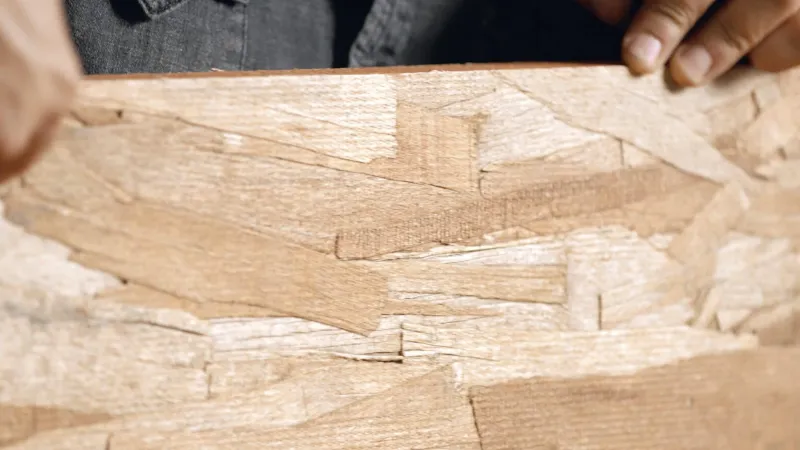Then again, what is engineered wood? And how do we decide among all the options on the market? Here are some fundamentals to assist you in understanding and choosing!
Engineered wood, also known as composite wood, manufactured board, or composite board, is a derivative of wood that is made by binding or fixing the strands, particles, etc. together with adhesives or other methods of fixation to form composite materials.
Please read on for more detailed information.
What is Engineered Wood?
Simply put, engineered wood products (EWPs) are made from raw wood combined with resins or adhesives. The wood can be scraped, sliced, or recovered from sawmills as wood chips and sawdust. Most resins are artificial. The mixture is compressed into a usable form through the engineering process, which uses pressure and heat.
Engineered wood is also known as manufactured wood, manufactured board, or composite wood. Many solid wood characteristics, such as workability, resilience, and thermal insulation, are still present in the majority of EWPs. It enhances it in a variety of ways.
The American Plywood Association, which was the precursor to the Engineered Wood Association and is still abbreviated as APA, was established in 1933 with the goal of advancing EWPs. Its web site details the multiple ways engineered wood is used in construction. This versatile product has a wide range of additional typical applications.
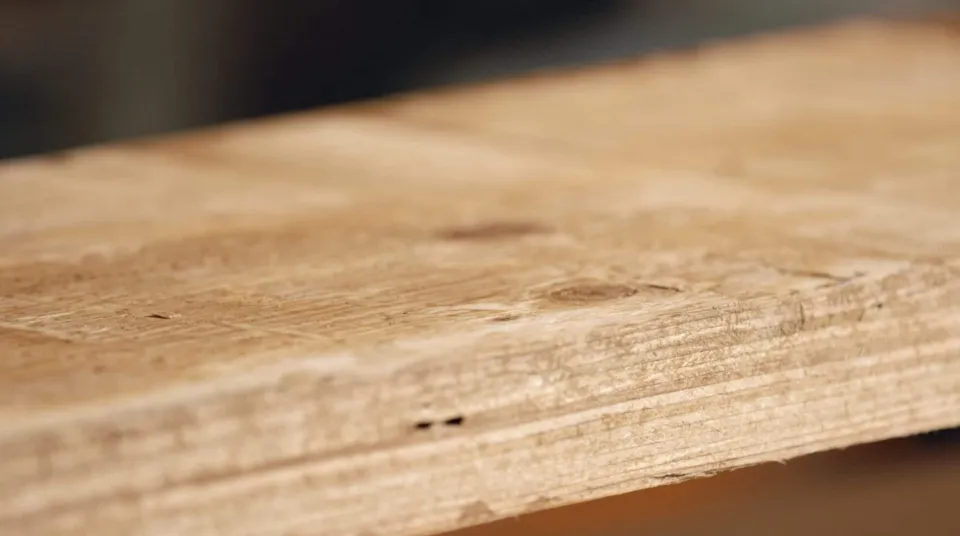
Pros and Cons of Engineered Wood
Below will show you the pros and cons of engineered wood. Engineered beams are an excellent way to achieve strength while keeping the price and size low.
Advantages of engineered wood over solid wood
Due to its many benefits, engineered wood has gained popularity as a type of flooring.
- Engineered wood is sustainable, because it allows you to achieve (or exceed) the same density and strength of old growth timber, but with lumber made from young trees. Additionally, it reduces waste because it makes use of every part of the tree, including any flaws or scraps left over from cutting dimensional lumber.
- Due to its high density and layers of grain running in various directions, engineered wood can be stronger than dimensional lumber.
- Engineered beams are available in almost any size; larger members are possible because they are produced using composite materials rather than having to be cut from individual trees.
- Some types of engineered wood have higher warp and split resistance than dimensional lumber.
Disadvantages of engineered wood over solid wood
- Engineered wood is often less aesthetically pleasing than real wood, because of the visible wood strips (rather than the clean, natural look of solid timbers). One exception to this is architectural-grade glulam.
- Engineered wood—especially LSL—can be much more expensive than dimensional lumber.
Types of Engineered Wood: Pros and Cons
What materials make up engineered wood? The primary materials used in its manufacture are the same hardwoods and softwoods that are used in the manufacture of lumber. Some engineered woods are also manufactured from sawmill scraps and other wood waste. Let’s examine a few significant types that are frequently sold on the market.
What is Plywood?
Plywood is created by cutting thin sheets of softwood trees like Douglas fir, pine, and spruce into layers that cross one another and are held together by a powerful adhesive. Originally manufactured for door panels and automobile running boards in the 1920s, plywood came into its own with the development of waterproof adhesives in 1934. During the post-war building boom, its production soared as it turned into a crucial war material.
- Pros and Cons of Plywood
Plywood is an incredibly versatile type of engineered wood. It is used in a wide range of structural, exterior, and interior applications, including internal paneling and structural frames. In comparison to solid wood, it is more affordable, comes in larger sizes, and has good uniform strength. One of the main drawbacks of using plywood is that some of it bends and sags when it is subjected to excessive weight or moisture. Plywood is also more expensive than particle boards and blockboards.
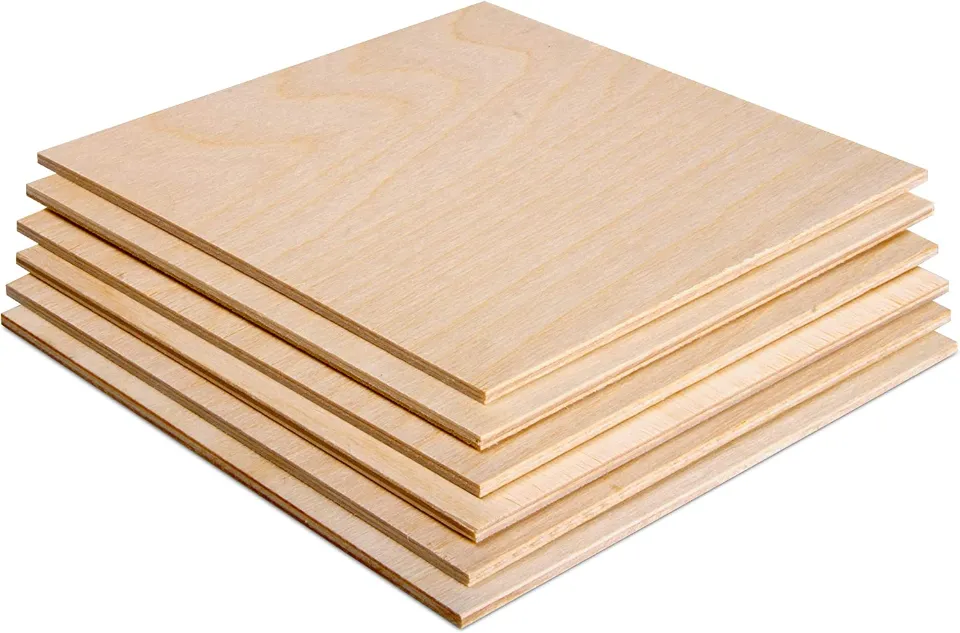
What Are Particle Boards?
Particleboard combines sawmill waste, such as chips and sawdust, with synthetic resins to form panels similar in size to plywood. Despite not having the strength of plywood, particleboard, also known as chip board, is useful for sheathing, cabinet construction, and other applications where cost-effectiveness is a priority.
- Pros and Cons of Particle Boards
A particle board is cheaper, denser and more uniform than conventional wood or plywood. However, particle boards are easily prone to expansion and discolouration due to moisture. For a long-lasting result, it is best to use paint covers and another sealant. When exposed to water, particle boards swell and break down, making them unsuitable for outdoor use.
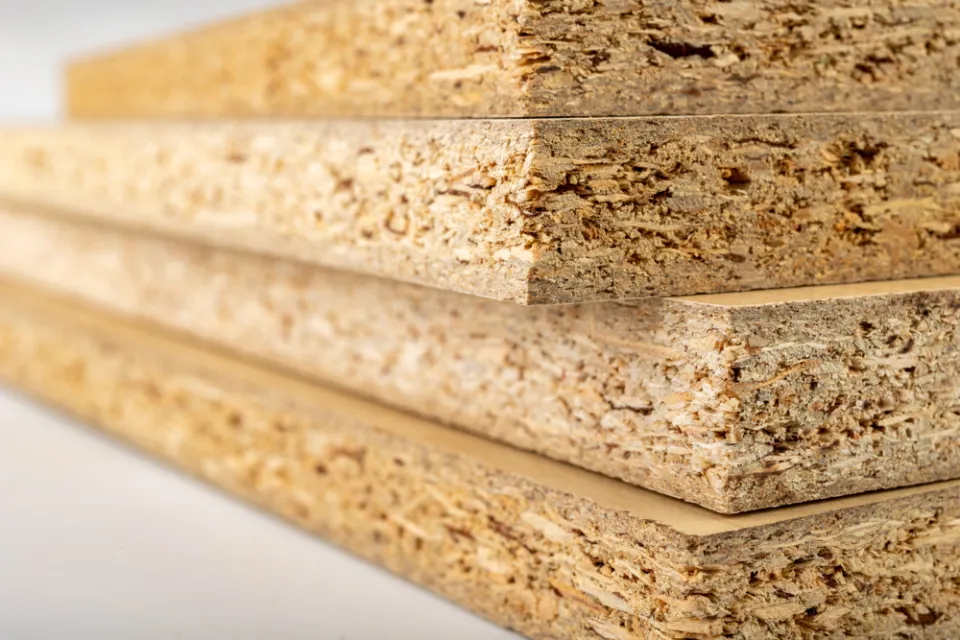
What Are Blockboards?
What other materials besides plywood make up furniture made of engineered wood? Or are you wondering what wood to use in the house you are building? You can make blockboards by gluing together a core of softwood strips. The strips are about 25mm wide and you place them edge to edge between veneers of hardwood. to create a blockboard, they were next glued under intense pressure. It is the ideal choice for doors, panels, shelves, and partitions. If the core is lengthwise, sturdy tables can also be produced.
- Pros and Cons of Blockboards
Compared to plywood, blockboards are more affordable. They are light and usually inside buildings to make doors as they are lightweight. They cannot be used outside as the bonding gum is not durable outdoors.
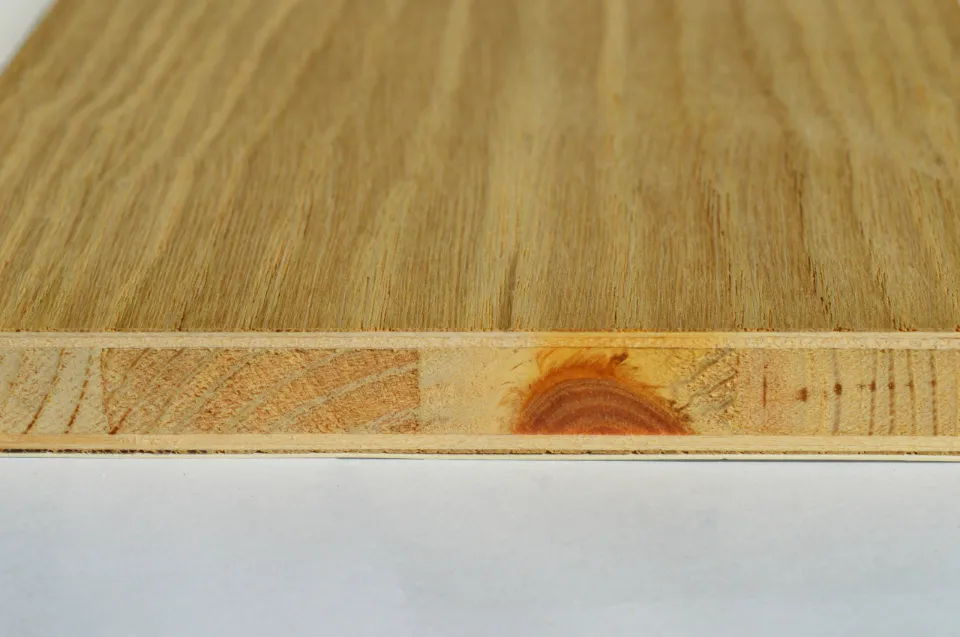
What is An MDF Board?
Ever wonder what the majority of office and kitchen furniture made of engineered wood is made of? The answer is MDF. In order to create medium-density fiberboard (MDF), hardwood and softwood particles must first be converted into wood fibers. The wood fibers are then combined with wax and a resin binder to create panels under high pressure and temperature. MDF has a smooth finish and consistency. It is both strong and simple to work with. This is a good option for floors, furniture, and even cabinets. Speaker boxes are another place where it is used.
- Pros and Cons of MDF Boards
Plywood is typically more dense than MDF, but MDF can absorb water more quickly. As a result, using it outdoors puts it at risk of harm. MDF is appropriate for painting and indoor furniture because of its extremely smooth surface. The thickness and quality of MDF boards can also vary.
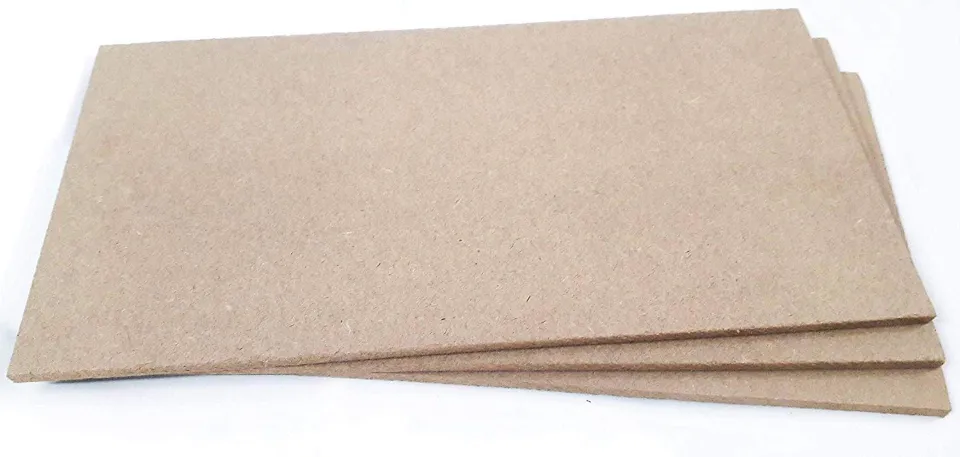
What is High-density Fiberboard?
High-density fiberboard or HDF as it is popularly known in the market is another form of engineered wood that is made primarily from pulped wood waste and chips. HDF is a type of engineered wood that is very durable and is made by mixing oil to create a polymer and a big smooth structure. If you want to install durable wooden flooring in your home or office, this material is a great choice because it is much denser. Because the material is good at absorbing water, it is not advisable to use HDF on the exterior floor but the material is sturdy and good for interior flooring that gives a glossy finish.
- Pros and Cons of High-density Fiberboard
There is no discernible grain in HDF because it is made of extremely small particles. A CNC machine makes it simple to cut, route, and alter HDF into various sizes and shapes. Water cannot pass through wood. Wood can rot when it is exposed to moisture, humidity, and alterations in temperature. Which is not a quick or inexpensive fix.
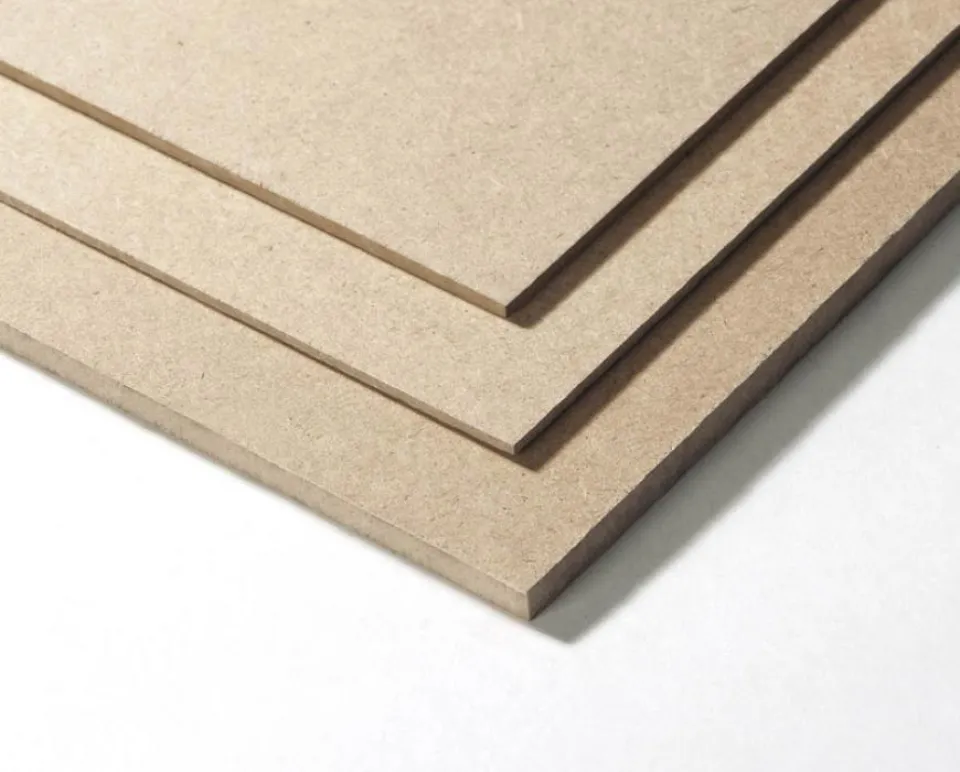
What is Laminate Veneer?
Laminate veneer, also referred to as laminated veneer lumber (LVL), is made up of numerous sheets of thin wood that are adhered together. Made of wood veneers that are compressed together with resins and glues, LVL is a high density engineered wood product used in framing. LVL is very strong, but has only one strength axis, because its veneers are stacked with the grain running in the same direction. This means that LVL can only be loaded in one direction.
- Pros and Cons of Laminate Veneer?
Without its own set of benefits and drawbacks, what is engineered wood? Because LVL is produced in factories under controlled conditions, it is stronger and more consistent. Additionally, there are fewer chances of it shrinking or warping because of its composite structure. It needs more upkeep and is vulnerable to water damage.
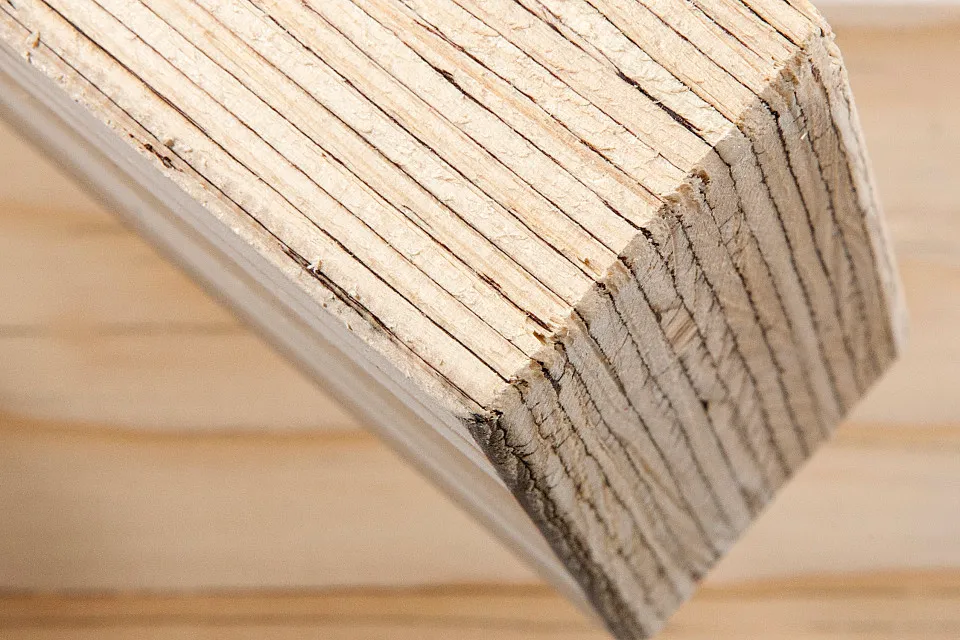
What is Cross Laminated Timber?
The layers of solid sawn lumber that make up this wood panel product are adhered together. Each board is stacked on top of the other perpendicularly, and the wide faces of each board are then glued together to strengthen the structure. It is a material with design flexibility because the thickness of the panels can be easily increased. Due to the numerous layers of wood used in its construction, it can act as a good insulator.
- Pros and Cons of Cross laminated wood?
Cross-laminated wood‘s eco-friendliness is one of its greatest benefits. It is structurally more rigid and has clearly thicker laminations than plywood. However, due to the higher design, transportation, and ancillary costs, it can be quite expensive.
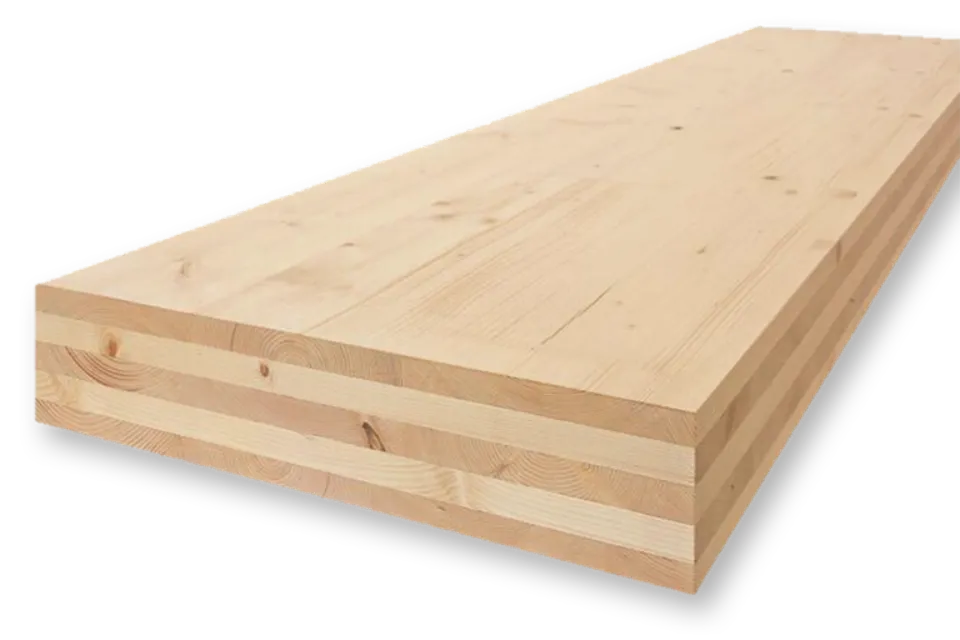
What is An Oriented Strand Board?
Oriented strand board, or With the exception of its primary constituents, which are lengthy wood strands, OSB is similar to particleboard. OSB is stronger than particleboard thanks to these longer fibers, but costs a little more.
- Pros and Cons of an Strand Board That Is Oriented
Oriented strand board‘s main advantage is that it has good load-bearing capabilities and can be used for roof decking and flooring. They are much more uniform and less expensive than plywood, and depending on how they are made, they may also be water-resistant. However, the lower quality versions, when exposed to too much water, can expand by up to 15 per cent
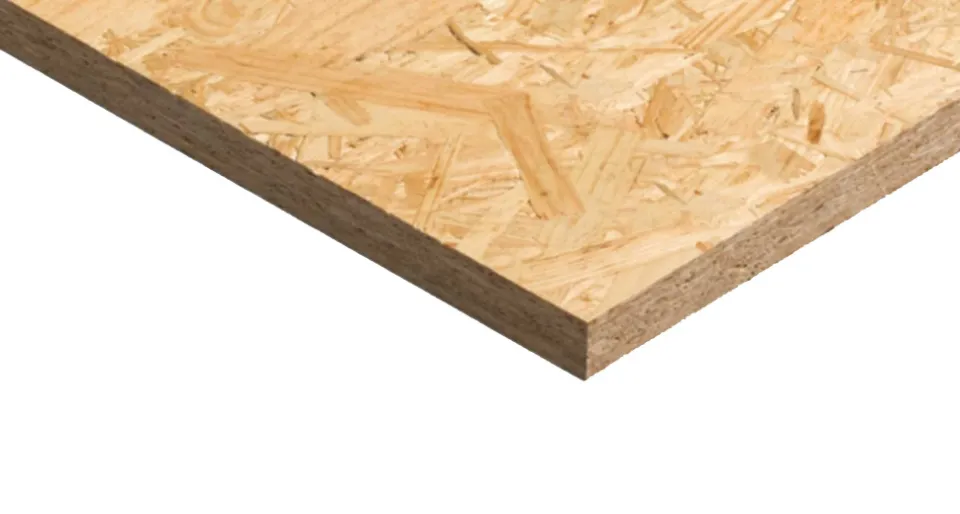
Features of Engineered Wood
The manufacturing process and the inclusion of synthetic resins gives engineered wood these advantages over the real thing:
- Dimensional stability: EWPs made in crisscrossing layers are more durable than actual wood. They don’t split, expand or warp in response to heat.
- Sustainability: Engineered wood aids in the preservation of unprocessed wood.
- Size availability: Engineered wood is more scalable than solid wood products because it is manufactured rather than taken from real trees. Read more: Engineered Vs. Solid Hardwood Flooring
While some goods, like LVL, can be more expensive, the price of EWPs is roughly the same as that of real wood. Drawbacks to EWPs include:
- Extra weight: Some goods, particularly MDF and composites, are heavier than wood.
- Unattractive: Real wood has a better appearance than OSB, particleboard, and lower grades of plywood.
- Variable moisture resistance: Particleboard and MDF are the main EWPs that quickly deteriorate when exposed to moisture. Composite boards’ later iterations’ weather resistance compares favorably to wood, while earlier versions swelled after prolonged exposure to the elements.
- Variable workability: All EWPs can be shaped or sanded, but not all EWPs can be cut with woodworking tools. Furthermore, neither MDF nor particleboard can support nails.
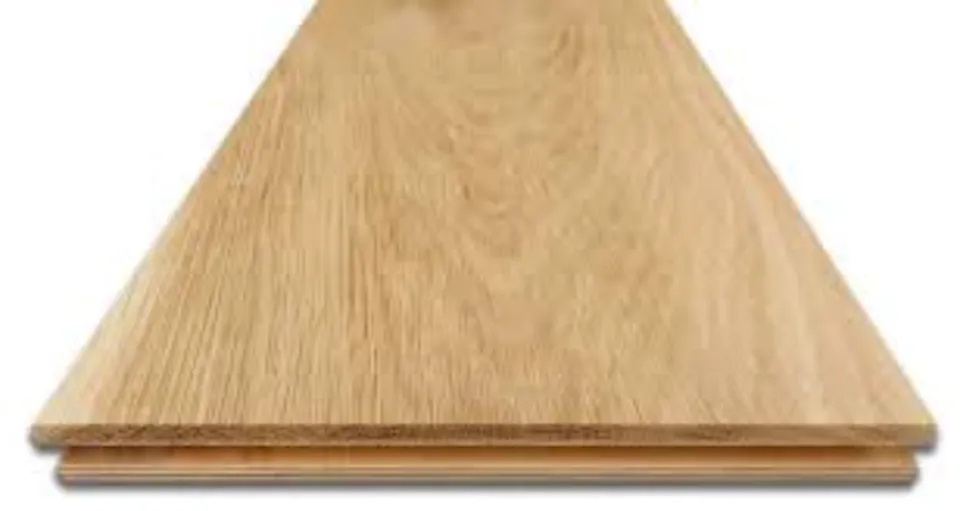
How to Install Engineered Hardwood?
As long as you have the right tools and take the proper precautions, installing engineered wood flooring is not particularly difficult. To help you through the process and make sure your new flooring looks fantastic for years to come, we’ve put together this useful guide in collaboration with our experts.
So, how to install engineered hardwood? Acclimate the Boards, Remove the Base Trim, Remove the Old Flooring (as Needed), Prep the Subfloor, Trim the Door Moldings, Lay Down Underlayment, Prepare for the First Row, Install the First Row, Install the Subsequent Rows, and Reinstall the Base Trim.
When figuring out how much hardwood flooring will cost, there are numerous different factors to take into account, such as labor and product. How much does it cost to install engineered hardwood floors?
The average installation cost for an engineered hardwood floor is $5,200 and typically ranges from $2,100 to $71,000. A more affordable alternative to traditional hardwood flooring, you can spend anywhere from $3 to $25 per square foot on engineered wood flooring, depending on the type of wood you choose, installation method, location, and project size.
How to Clean Engineered Hardwood Floors?
Our tips on how to clean engineered hardwood floors will help you get maximum shine with minimal effort whether you’ve just installed a brand-new engineered hardwood floor or you’re hoping to spiff up a floor that’s starting to show its age.
How to clean engineered hardwood floors? Sweep or vacuum daily, use a little vinegar and water, damp mopping, deep cleaning, stay away from steam cleaners, protect high-traffic areas, and refinish to fix major damage.
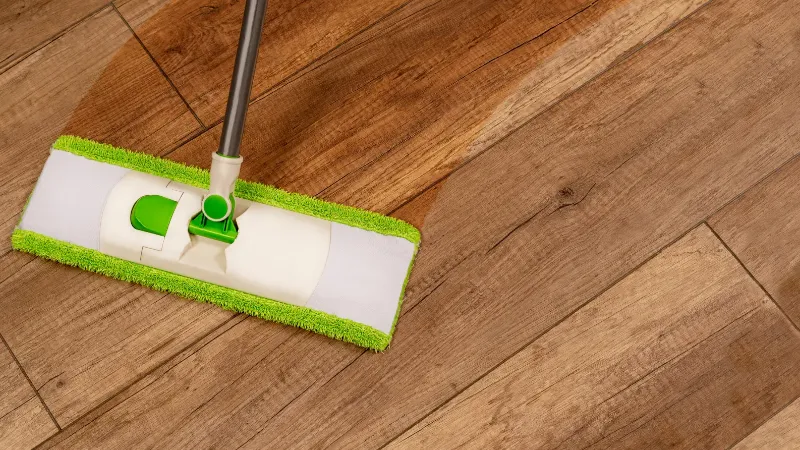
Engineered Compared to Others
Below are the comparison between engineered flooring and other famous floorings:
Engineered Vs. Solid Hardwood Flooring
For a more thorough examination of engineered vs. solid hardwood flooring to help you which one is better for you.
The way the planks are constructed is the primary distinction between engineered and solid wood flooring. This in turn has an impact on how, when, and where they can be used. The decision between engineered and solid flooring typically comes down to personal preference as well as the location and method of installation.
Laminate Flooring Vs. Engineered Hardwood Flooring
Laminate Flooring Vs. Engineered Hardwood Flooring: The main distinction between the two types of flooring is that engineered hardwood floors have a real hardwood surface, whereas laminate floors are structurally very similar to them.
Engineered Hardwood Vs. Vinyl Plank Flooring
Engineered Hardwood Vs. Vinyl Plank Flooring: which one is better for you?
Engineered hardwoods — which cost less than solid hardwood and have a wooden top layer — are somewhat moisture tolerant. Therefore, engineered hardwoods are a fantastic substitute for solid hardwood if you have your heart set on wooden flooring.
Vinyl plank flooring, on the other hand, is a great choice if you’re looking for something completely water-resistant and don’t mind replacing them once they start to look dingy and worn out.
Editor’s tip: We are always asked the question, “Can you refinish engineered hardwood floors?”. Yes, in a nutshell, but there are some things you need to know first. Thus, hold off on renting a floor sander just yet.
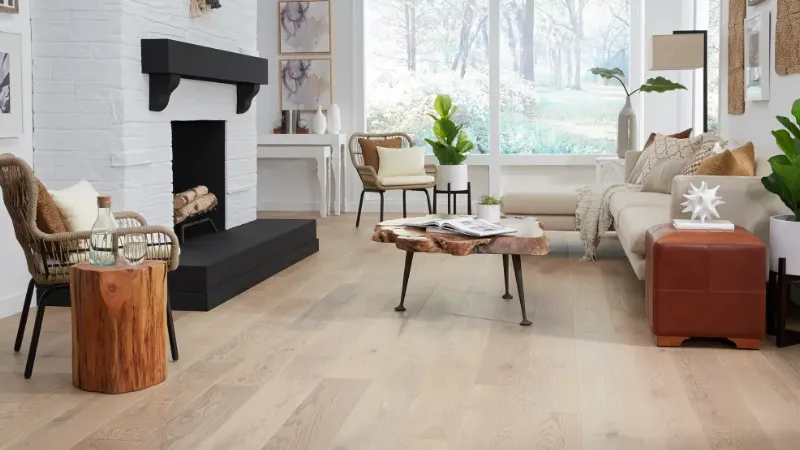
Engineered Wood Flooring Buying Tips
The best engineered hardwood flooring brands provide exceptional quality, beauty, and structural stability that enable them to be installed in humid areas of the home, such as the bathroom, and below grade, in a tri-level or basement, where solid hardwood cannot.
The best engineered hardwood flooring brands include Quick-Step, Woodpecker, Tuscan, Atkinson & Kirby, Baelea, Elka, Falcon, Furlongs, Fuzion, Sherwood Forest, Kersaint Cobb, and Vidar.
How to choose the best engineered wood flooring products, and why and where you should consider installing it.
Best Engineered Wood Flooring: Heritage Mill Oak Harvest Engineered Click Hardwood, Bellawood Red Oak Engineered Hardwood Flooring, Bellawood Artisan Manhattan Chevron, Malibu Wide Plank French Oak Rincon Hardwood Flooring, Malibu Wide-Plank Maple Cardiff, Bellawood Select Maple Engineered Hardwood Flooring…
FAQs
Is Engineered Wood as Good as Wood?
Engineered wood flooring is a better choice in high-moisture environments than solid hardwood, making it a better option for kitchens, bathrooms and basements. However, both flooring options provide a wide variety of style options for installations throughout the entire house.
Which is Better Engineered Wood Or Solid Wood?
Solid wood is by far a much better choice for homeowners. Although it might be more expensive than furniture made of engineered wood, it will last much longer, providing a much better value for the money.
How Long Will Engineered Wood Last?
Engineered floors are typically very resilient and, with proper maintenance, can last for many years. Plywood, HDF, or softwood are combined with a layer of hardwood to make engineered wood flooring. The durable nature of engineered wood means that it should last for at least 25 to 30 years before needing replaced.
Does Engineered Wood Look Cheap?
Engineered wood floors are “fake” and “cheap” compared to solid wood floors. This could be accurate for a few of the extremely affordable engineered floors. However, a good engineered floor will feel and look just like a good solid hardwood floor.
Is Engineered Wood Cheaper Than Real Wood?
Engineered hardwood typically works out to be more cost-effective than solid hardwood if you have a limited budget for your flooring. Because more solid wood is required to make each flooring plank, solid hardwood is usually more expensive.
Summary: What is Engineered Wood?
Engineered wood, also known as composite wood, manufactured board, or composite board, is a derivative of wood that is made by binding or fixing the strands, particles, etc. together with adhesives or other methods of fixation to form composite materials.
If you have any questions, please leave a comment. My Prime Home tries to give you the best home improvement information. Don’t forget to share the post. Thank you for reading.
Read about
